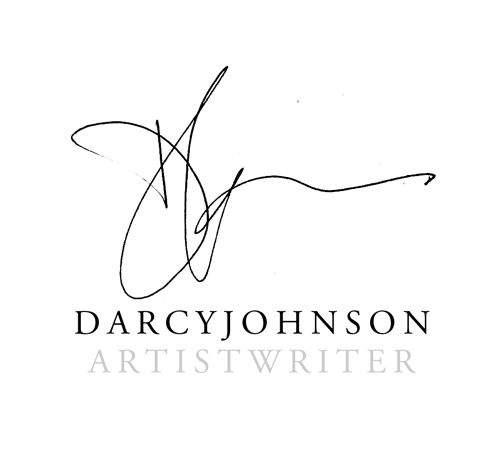SciArt Residency Post #2, September 16, 2018
This past week, Yana and I have talked about the process of planning and making art. At what points in the process are we consciously problem solving as we go and when does the imagemaking become responsive, immediate and subconscious. Many visual artists use sketchbooks to plan larger more finished pieces but I often do the opposite by drawing spontaneously in my sketchbook to inform a larger more deterministic finished artwork. I think the interesting question is how does this image development process look for each of us. What are the ways in which we create images; when are they analytical and when, intuitive?
I use my sketchbooks to play. I draw randomly and responsively, I would say intuitively. I work into images I have started months or even years ago. I explore and experiment constantly.
Many of my sketchbook images are abstract drawings. I am powerfully drawn to abstract images because I don’t want to be distracted by a recognizable image. Evenso, My abstract sketchbook drawings are often evocative of the natural world and its laws which, makes me question whether there is ever any abstract images that do not carry in them our more concrete experiences of the world whether we are making or viewing art. See this article by Eric Kandel, What the brain can tell us about art and the idea of the beholder’s share by E. Gombrich and E. Kriss. One way I “study” my intuitive drawings for their content, insights and possibilities is digitally. The following series started with a photographed sketchbook drawing which I worked up into a series using Photoshop. The series is called Macromolecule because that is what I was thinking about as I rendered this series. When I drew it originally in my sketchbook, no such evaluation was in my mind; it was an open ended drawing with many possible interpretations.
Original Sketch, Darcy Johnson, graphite on paper
August 27, #20, Darcy Johnson, digital media
August 27, #19, Darcy Johnson, digital media
August 27, #13, Darcy Johnson, digital media
August 27, #5, Darcy Johnson, digital media
August 27, #28, Darcy Johnson, digital media
August 27, #17, Darcy Johnson, digital media
To bring this process into the collaborative work that Yana and I are doing, she suggested that I render some photos of her neurobead work. This was a very satisfying way for me to explore her imagery. I was working with the idea of the beholder’s share. Briefly the beholder's share is the life and art experiences we bring with us whenever we view a piece of art. Art pushes us to see the world in a new way but that view must also contain our previous experience of art . Our responses to art must be primarily intuitive or subconscious because they are informed by the complex and layered memories all of which cannot be conscious in any given moment. Below are several digital renderings I did of the original photo Yana sent me.
Sunrise by Yana Zorina, 2018, beads on silk
Sunrise Collaboration #1, Yana Zorina (beads on silk) and Darcy Johnson (digital media)
Sunrise Collaboration #1, Yana Zorina (beads on silk) and Darcy Johnson (digital media)










